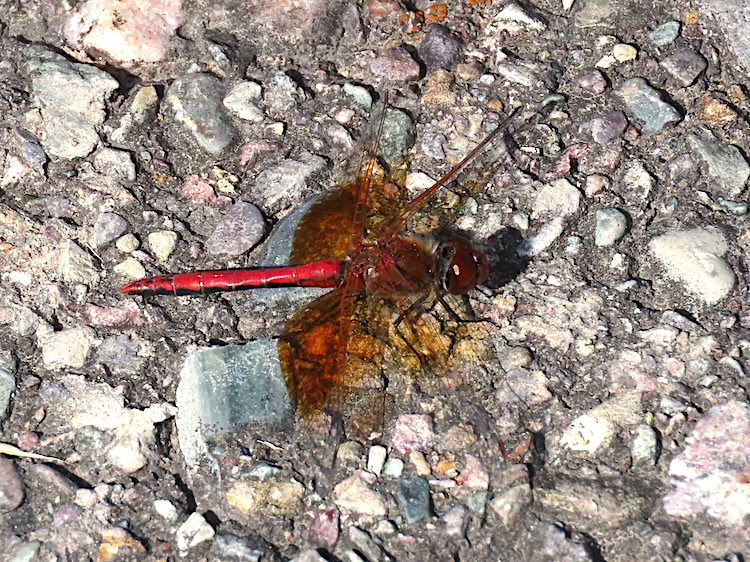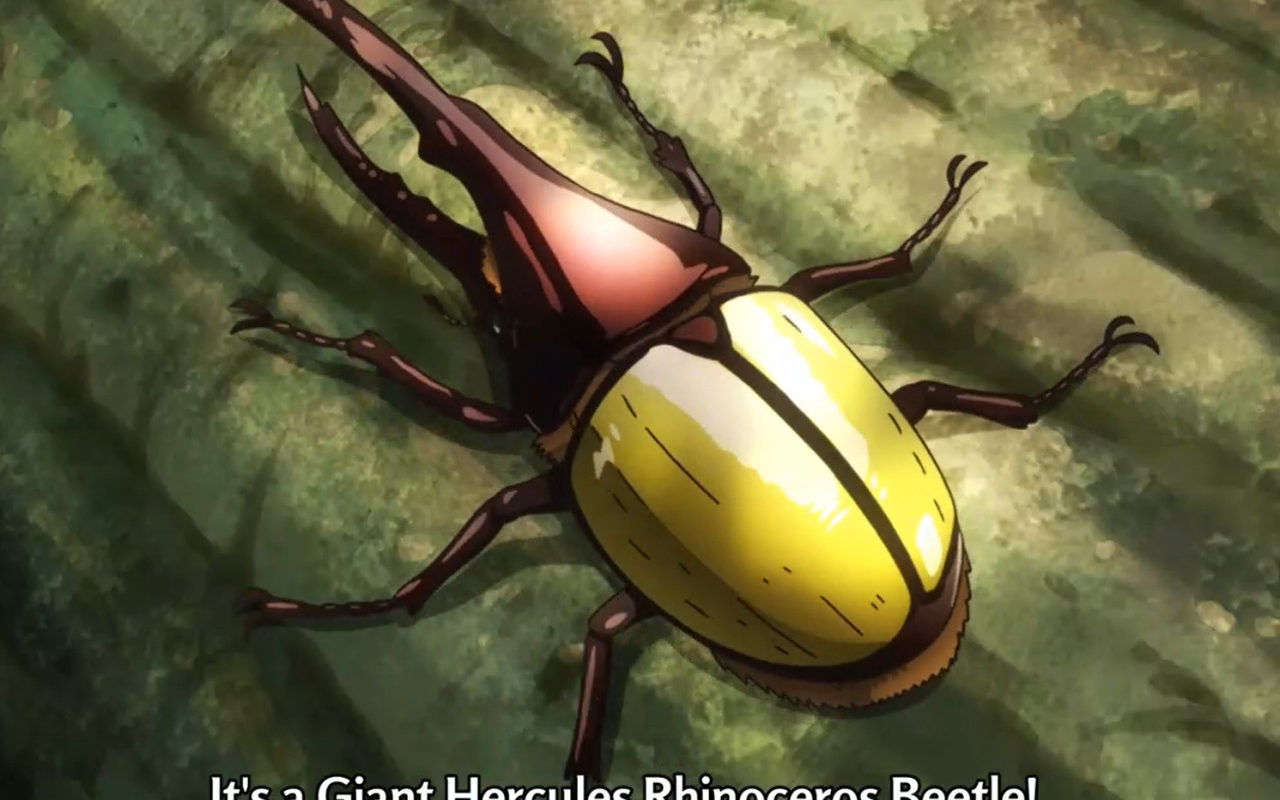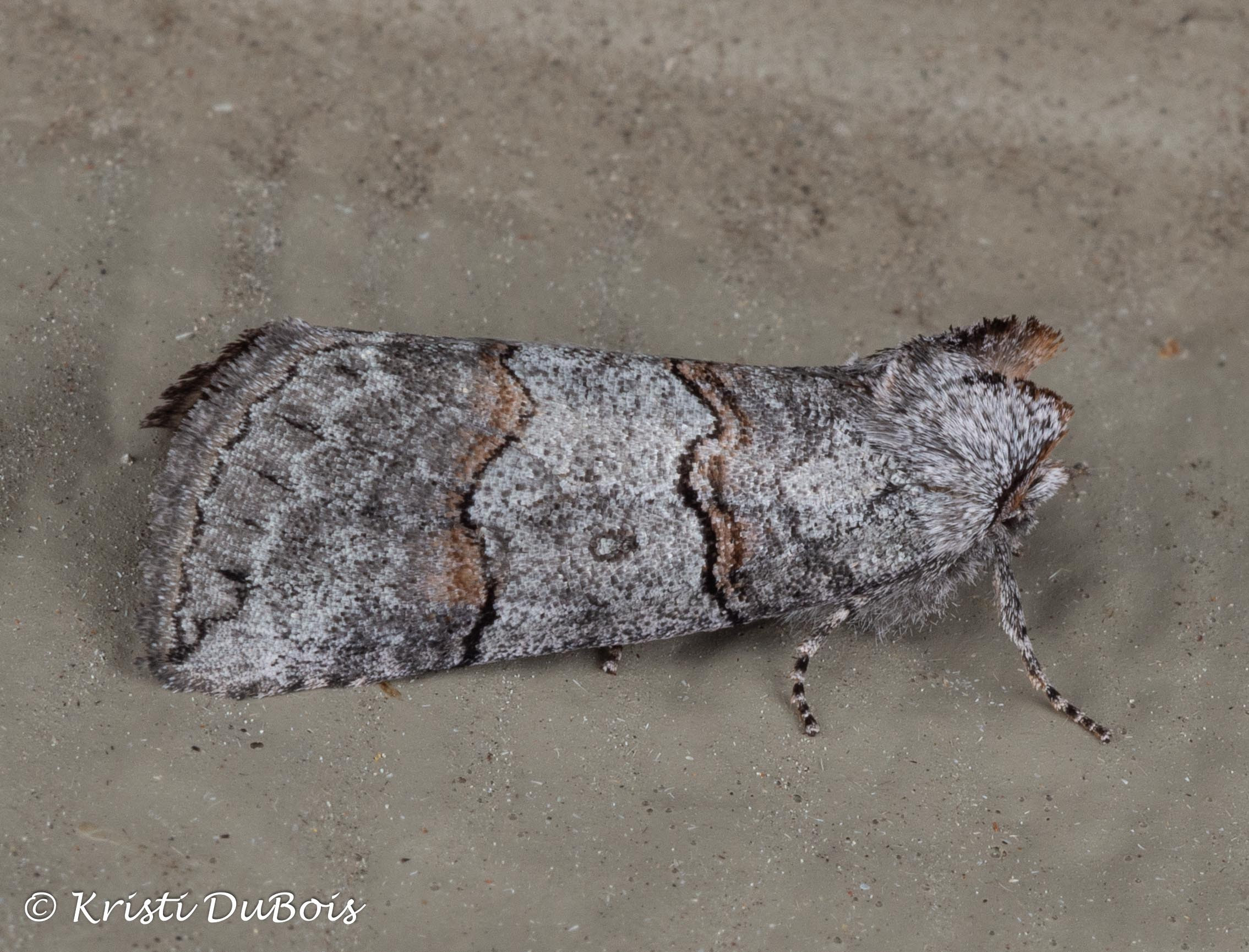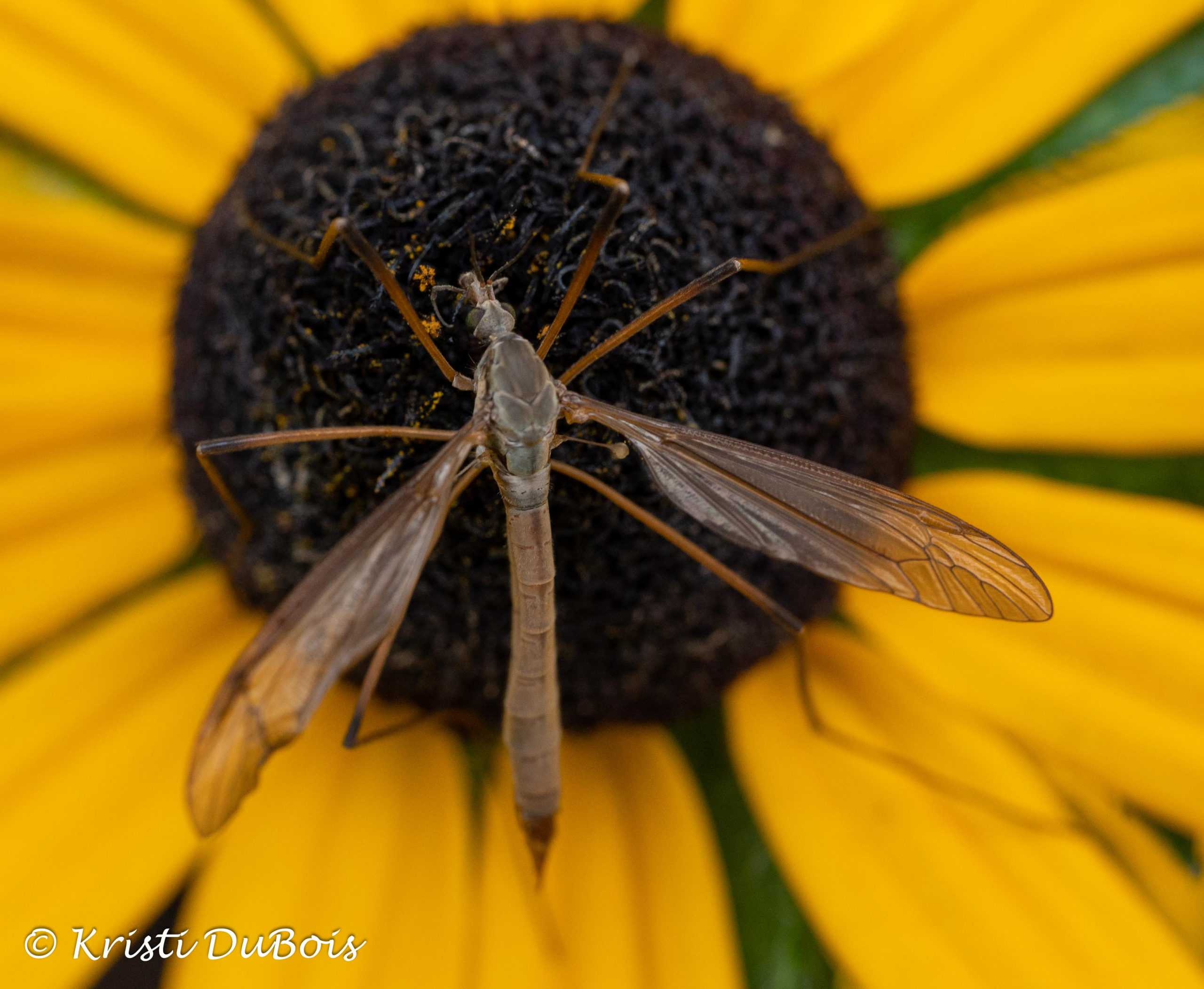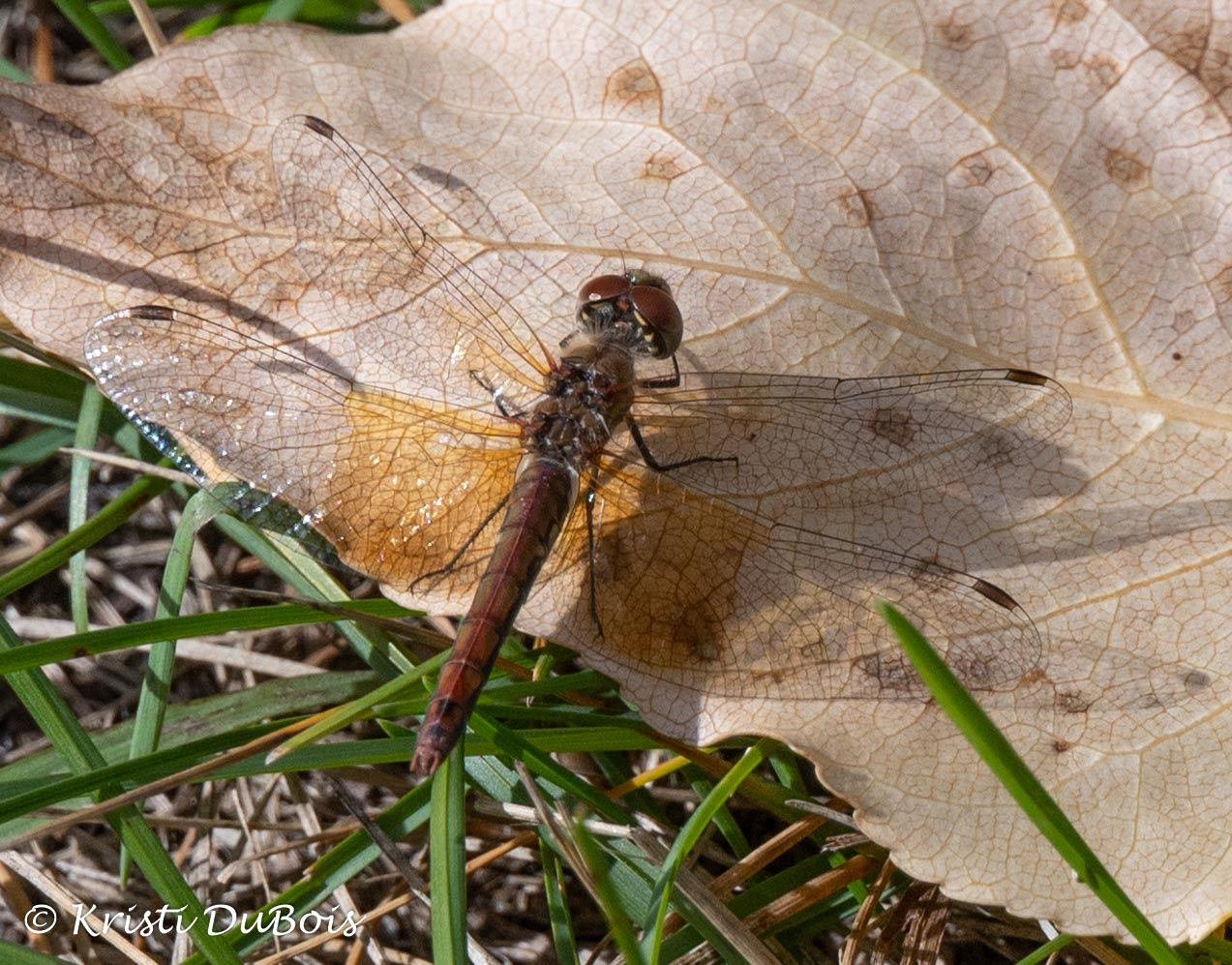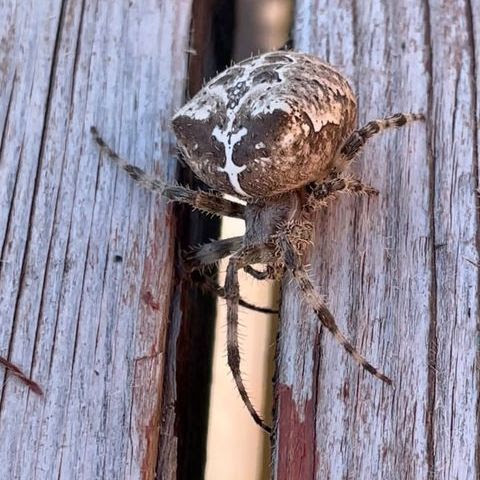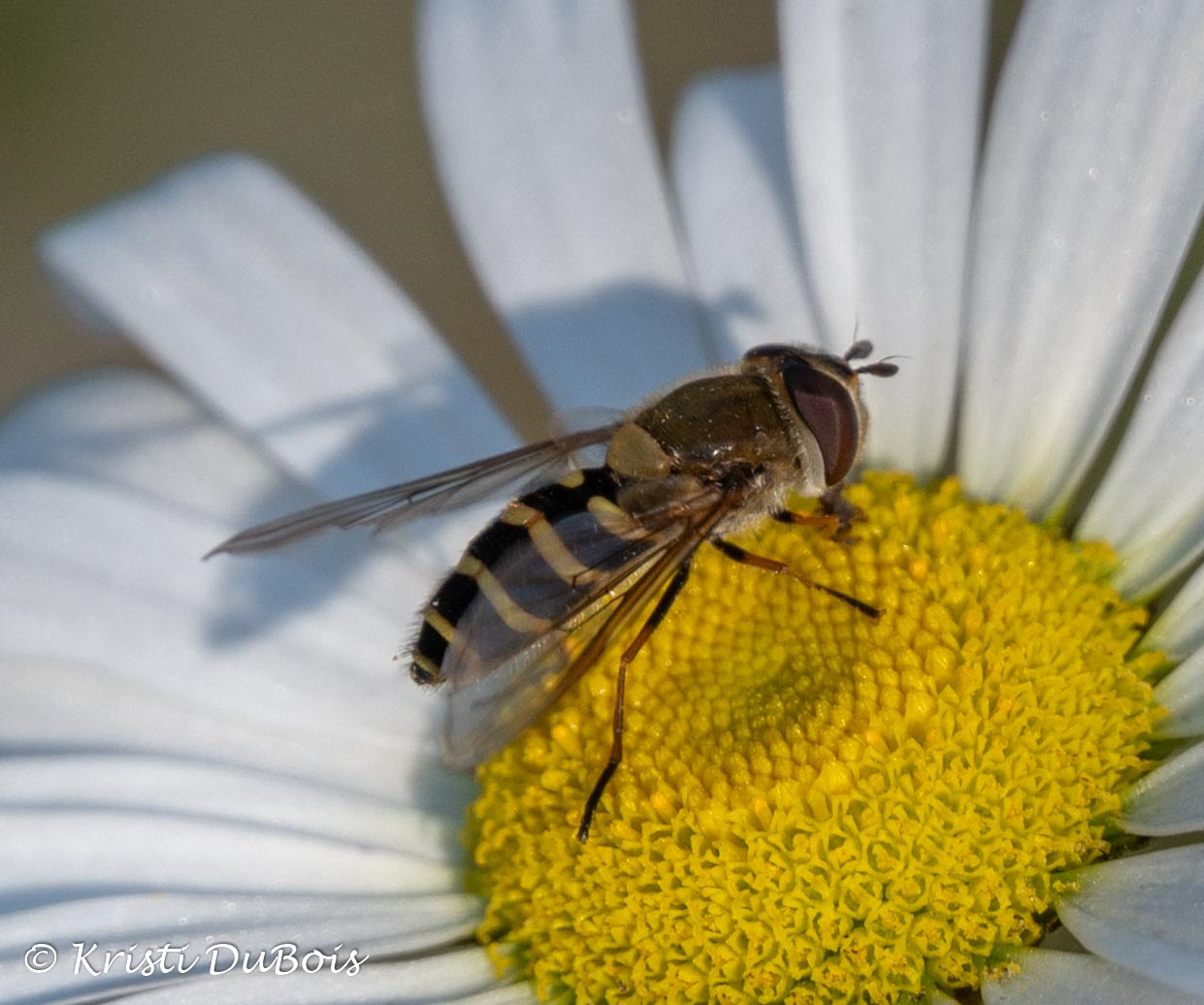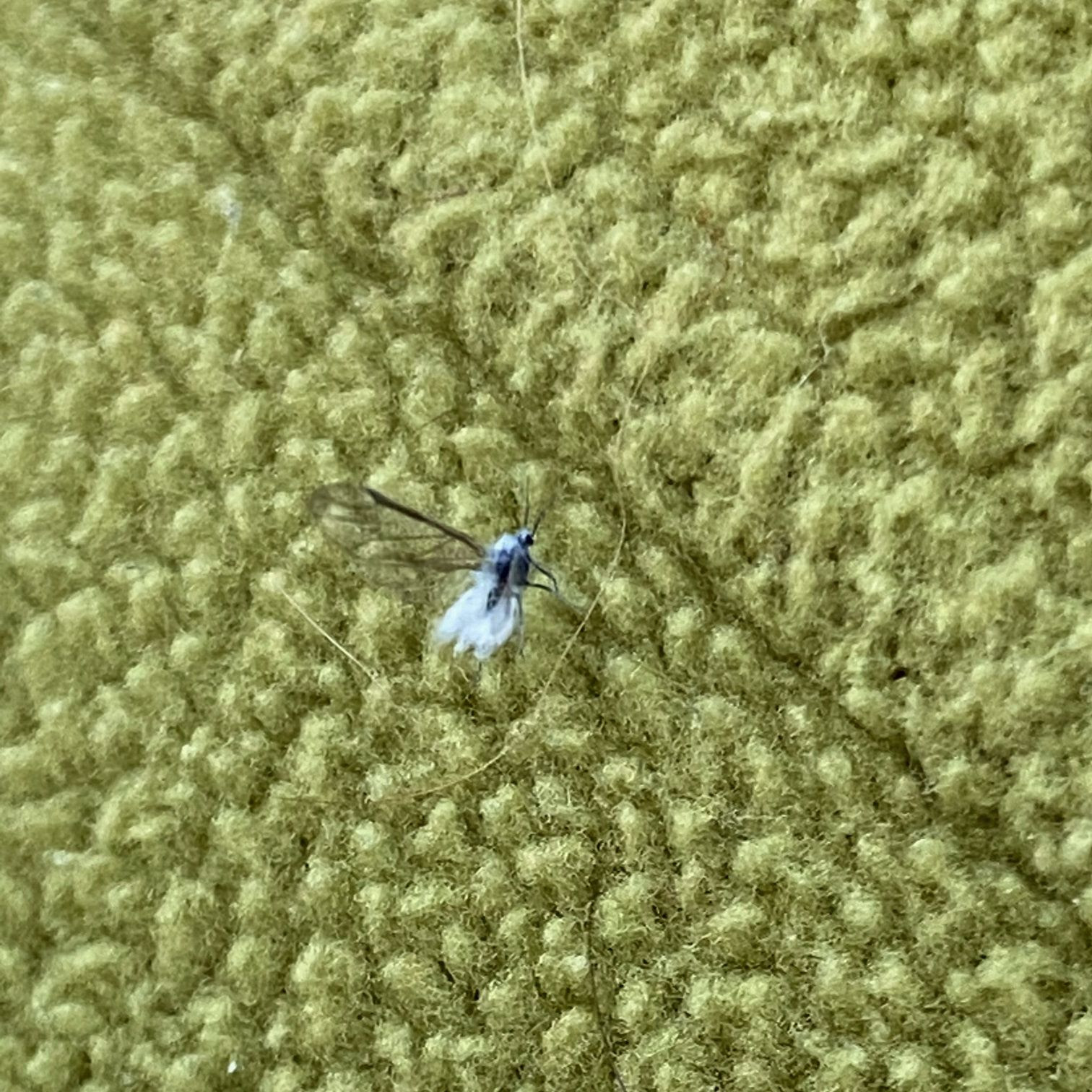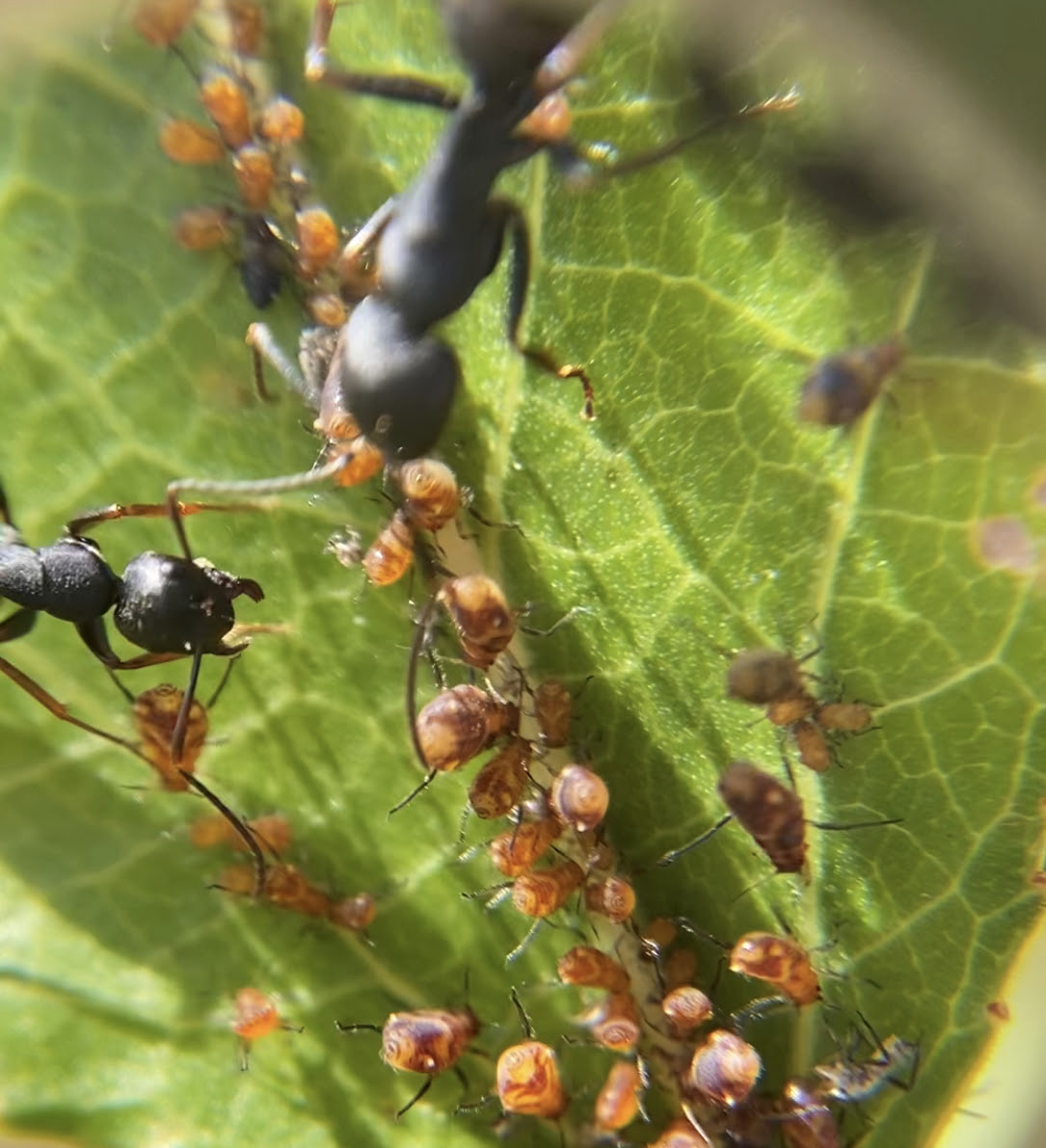The Band-winged Meadowhawk (Sympetrum semicinctum fasciatum) is one of the easiest species of Meadowhawk to identify. Those reddish-brown “bands” or “saddlebags” on the wings are a quick identification clue. Their […]
Read MoreArticles by: Butterfly House
Notes from the Lab: Mushiking
Welcome back to the Lab! When Beatlemania swept across the planet in the early and mid-60’s, beetlemania was already alive and well in Japan, and had been for generations. Japanese children […]
Read MoreA False Owlet Moth (Ceranemota tearlei)
These handsome, medium-sized moths fly from late August to October in forest habitats, including higher elevation spruce-fir and mixed-conifer forests, lower elevation ponderosa pine forests, and quaking aspen forests. Caterpillars […]
Read MoreCrane Fly (family Tipulidae)
With their slender body and stilt-like legs, crane flies kind of look like mosquitoes on steroids. But not to worry, they are not out for blood. Adult crane flies only […]
Read MoreBand-winged Meadowhawk (Sympetrum semicinctum)
A beautiful addition to the fall colors, the Band-winged Meadowhawk is the only meadowhawk with really defined and large, rusty patches on the wings next to the body. They are […]
Read MoreCat-faced Orbweaver (Araneus gemmoides)
The Cat-faced Orbweaver is our #1 submission as of late. The chunky females, combined with their spiral, wheel-shaped webs, are hard to miss this time of year. Melissa’s first photo […]
Read MoreHover Fly (family Syrphidae, possibly in the genus Syrphus)
Many Syrphid Flies do a great job at making you think you’re dealing with a wasp, hornet, or bee. Often seen hovering near or perched on flowers, the adults feed […]
Read MoreWoolly Aphid (subfamily Eriosomatinae)
On sunny fall afternoons, it sometimes looks like it is snowing. But it’s not snow …it’s the annual fall swarming of woolly aphids. These insects are really small. If it […]
Read MoreAnts Tending Aphids
If you find a group of aphids on a plant, you will often find an ant(s) that are “herding” them like cattle. The ants feed on the aphids’ honeydew (a […]
Read MoreNotes from the Lab: Revisiting “Murder Hornets”
Welcome back to the Lab! It’s been over a year since our issue on the Vespa mandarinia, aka the Asian Giant Hornet (dubbed as the “murder hornet” by the media, an extremely […]
Read More